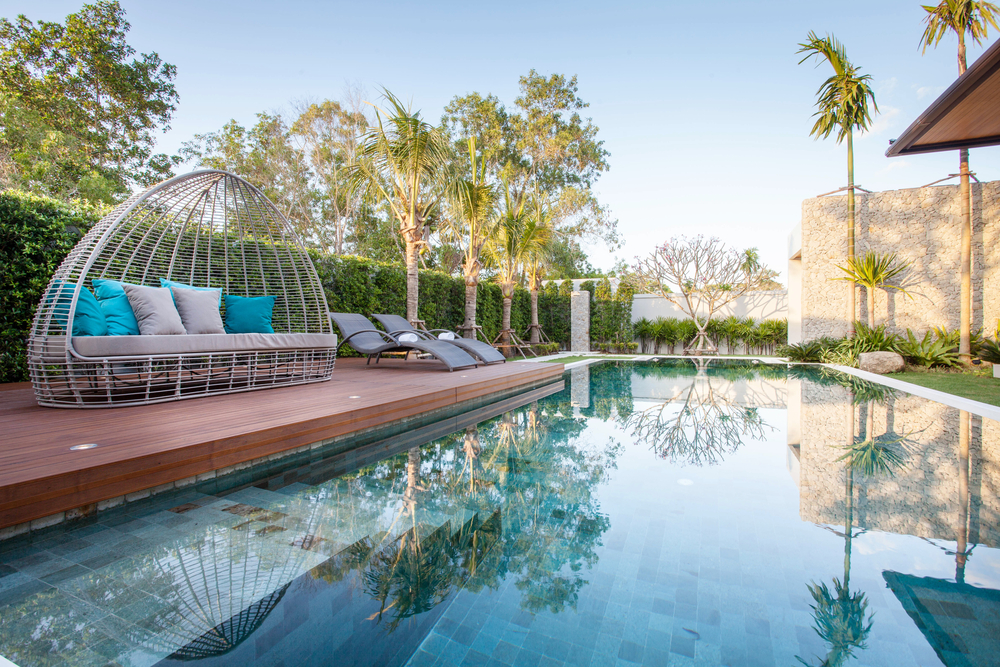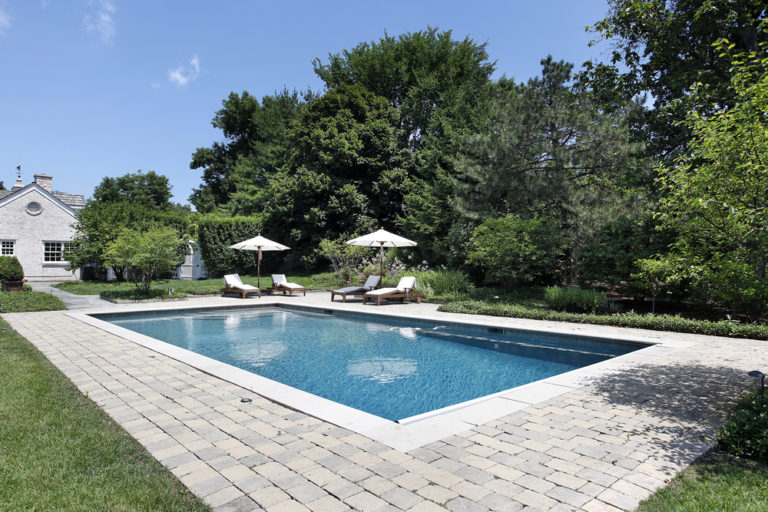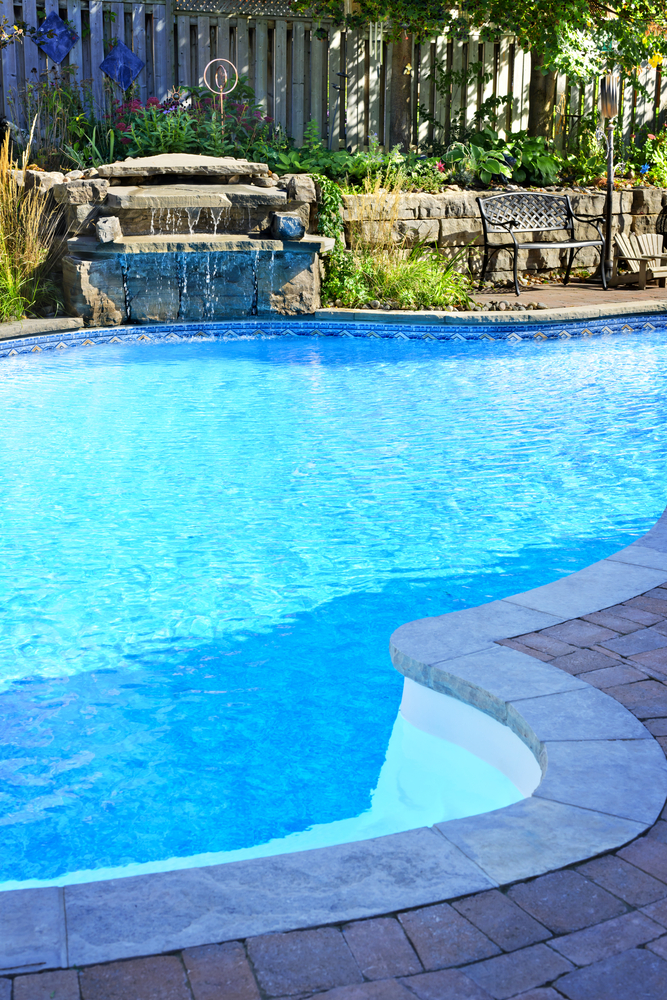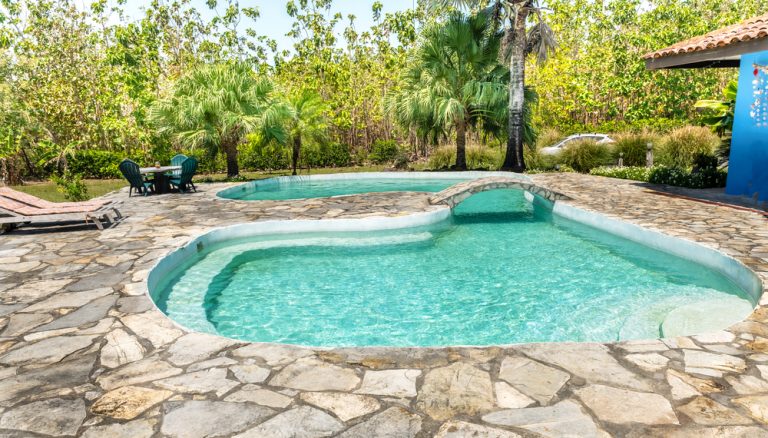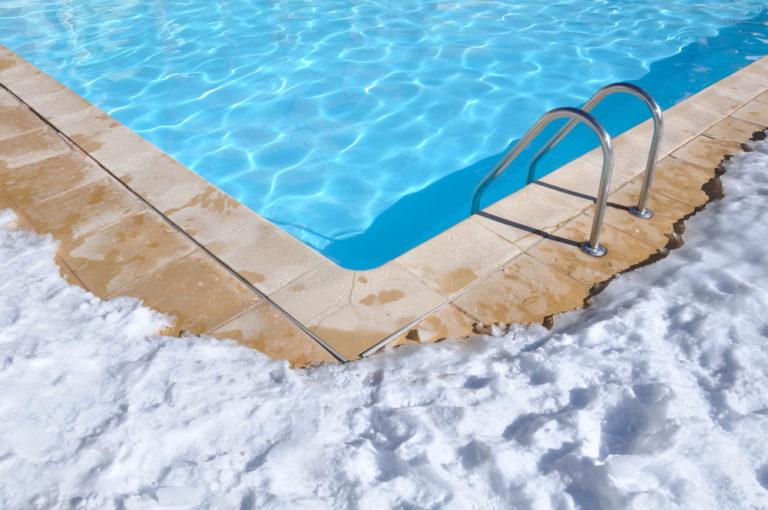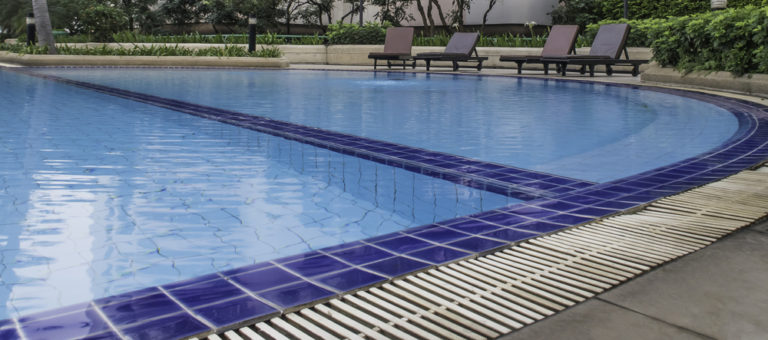Remodeling Your Pool
Have you recently moved into a house with an in-ground pool? Have you decided that the pool needs to be replaced? You’re not the only one who feels this way. Many people with swimming pools built more than 30 years ago question if they can change the depth or design of their pool — and how much such a refurbishment will cost. If you want to learn more about remodeling your pool, continue reading!
They don’t want it to be a dive pool anymore. Instead, they want it to be shallower. Perhaps they’d prefer a “sport bottom,” which is 3′ deep on the edges and tapers to 5′ in the middle. There are a number of things to consider when it comes to remodeling an existing pool, no matter what your goals are. Here are some things to think about:
Swimming Pool Types
This is the most important consideration when planning and deciding your pool budget. Pools with vinyl liners are by far the most adaptable. Vinyl pools are almost totally adaptable and quite simple to modify, whether it’s a cosmetic liner replacement or a 2′ shallower pool. Pools with polymer or steel walls will be similar.
When working with a fiberglass pool, adding elements like a sunbathing ledge or a spillover spa can be difficult. To replace their pool decking, many homeowners resurface it with pavers or stone. Concrete, on the other hand, is a labor-intensive process that necessitates a large number of additional materials. On the plus side, you’re only restricted by your budget and inventiveness.
Depth Variation
Changing the depth of a pool, especially one made of steel or polymer, is a relatively straightforward task. The most important consideration will be if you have enough space in your backyard for machine access. Otherwise, your builder will have to hire a large enough crew to dig the pool out by hand. The process of making a pool more shallow is usually the easier of the two. If you have a vinyl pool and want to go shallower or deeper, the bottom will be refinished with a concrete or vermiculite layer, and you’ll have your new depth. If you have a concrete pool, the same rules apply; the only difference is that you won’t be able to cover it with a liner.
One thing to keep in mind is that if you’re converting your pool to a diving pool, you’ll need to look into diving depth standards to ensure that you’re in compliance with the American National Standard for Residential Inground Swimming Pools (ANSI/NSPI-5 2003).
Changing the size/shape of something
It’s a little more difficult to change size and shape than it is to change depth. Let’s pretend you wish to convert your rectangular vinyl liner pool into a more natural shape. There will be no existing panels to reuse, and the team will dig and back-fill to construct the new shape. It’s essentially a new pool at this point, and you may need to budget accordingly. Add some bespoke, free form drop in steps as a first step to design your pool if you want to achieve a free form sensation in a weary rectangular pool.
You should always check market costs in your area with your local builder. The total cost of changing the shape of your pool may or may not be less than the cost of a completely new pool.
Drainage and Return Lines
When renovating an existing pool, plumbing and drainage should be taken into account. When you change your pool, you may not need to completely rework the plumbing system. You don’t want “dead zones” where the water isn’t being circulated if you’re expanding the pool’s size.
In general, plumbing system improvements aren’t very time consuming or expensive. Return lines don’t normally require a lot of extra effort because your constructor usually goes deep enough into existing lines. Keep in mind that this will also be determined by the scope of your project.
Drain tiles must be put when installing an automatic pool cover to divert excess rainwater away from the automatic pool cover housing.
Modifications that are optional
One of the most popular projects is changing the pool’s depth and general “footprint” or form. But, swimming pools can be altered or upgraded in a variety of ways.
Sunning ledges are very fashionable these days, and many pool owners are having them added. Stairs that are more elaborate and user-friendly are another popular alteration. People adore water features, so they’re frequently added after the pool has been installed.
How much will it cost?
When it comes to remodeling your pool, there are numerous variables to consider. Season, soil quality, local water levels, yard space, local licensing, and shipping are just a few factors to consider. Your best bet is to make a list of what you want to accomplish with your current pool and then work with your builder to figure out the prices. You are under no obligation to proceed with the project until you are satisfied.
Contact Us
If you live in Las Vegas and are interested in remodeling your pool, contact us today!

